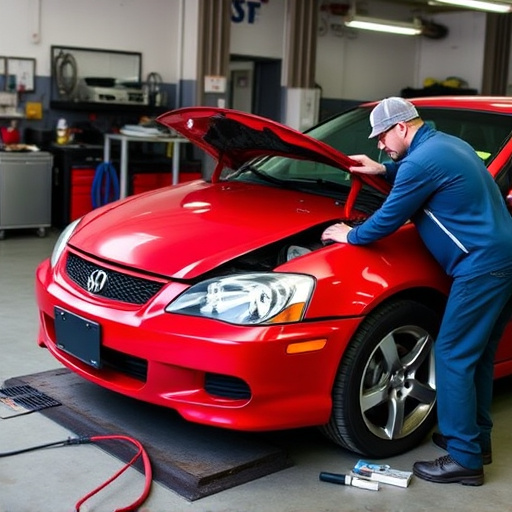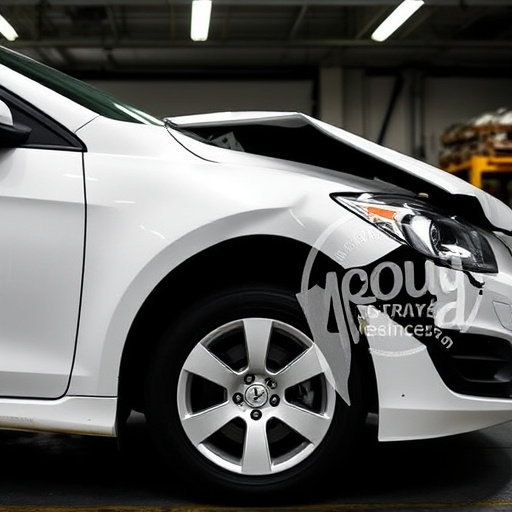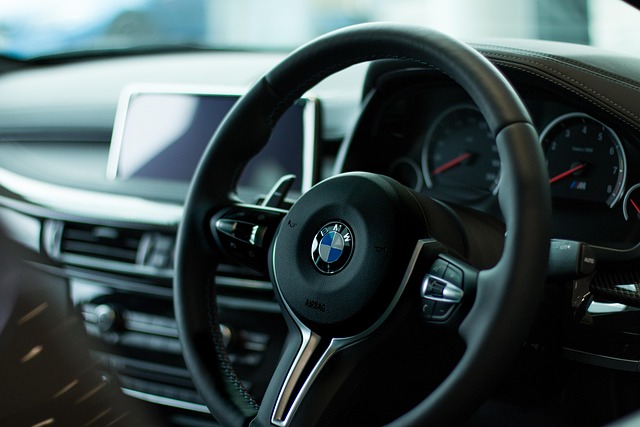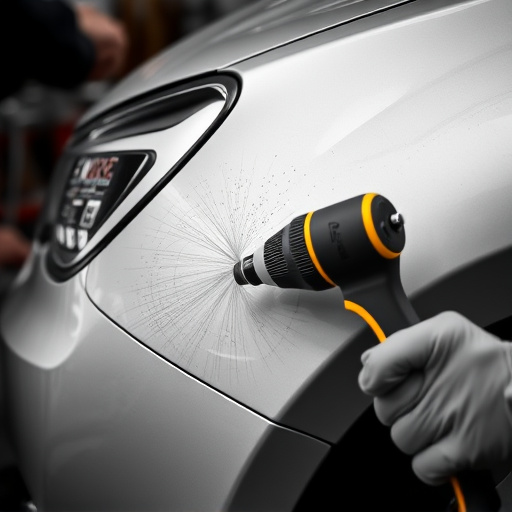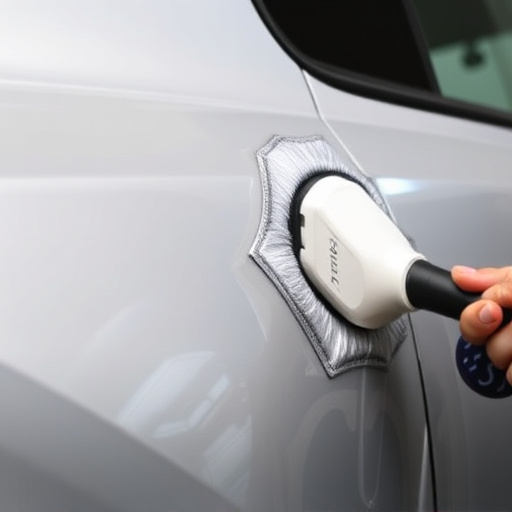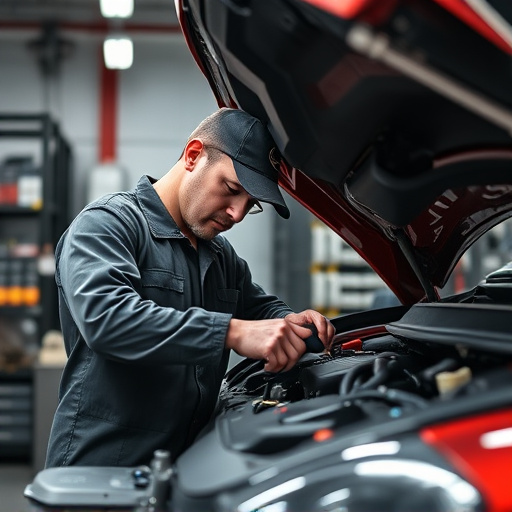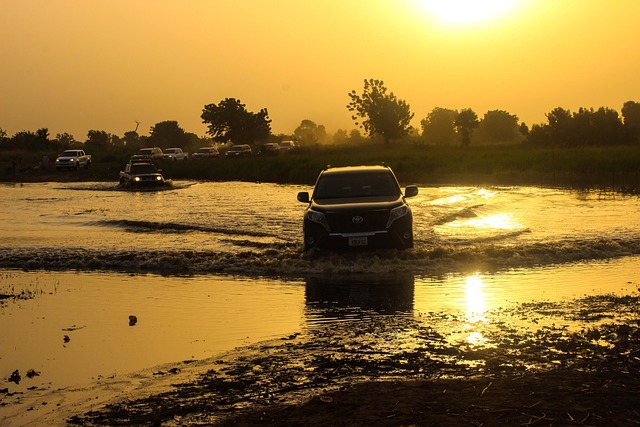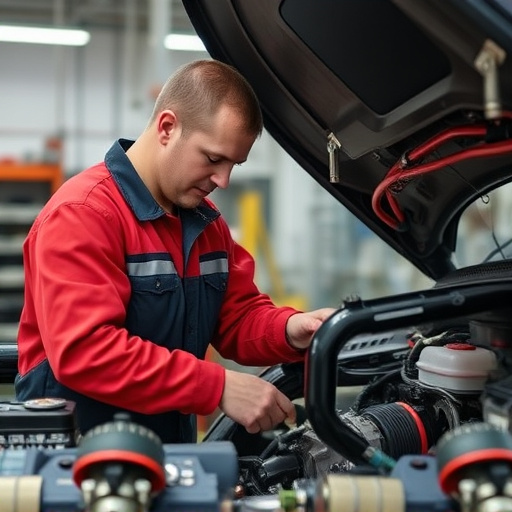Sun damage restoration is a meticulous process addressing UV-induced fading, cracking, and peeling on cars, buildings, and outdoor structures in high-UV regions. It involves assessment, preparation, and tailored coating application by skilled technicians. Eco-friendly practices using low-VOC coatings, micro-blasting, and ultrasonic cleaning minimize environmental impact, promote sustainability, and contribute to global conservation efforts.
Discover the transformative power of sun damage restoration, a sustainable approach to reviving impacted areas. This eco-friendly process not only mitigates environmental harm but also promotes biodiversity. We explore the intricate steps involved, from identifying sun-damaged sites to employing nature-inspired solutions. Learn about the innovative materials and techniques that ensure minimal ecological disruption. Uncover the dual benefits: a rejuvenated environment and enhanced restoration outcomes. Embrace this forward-thinking method as a beacon of hope for sustainable healing.
- Understanding Sun Damage Restoration Process
- Eco-Friendly Materials and Techniques Employed
- Benefits for Both Environment and Restoration Efforts
Understanding Sun Damage Restoration Process
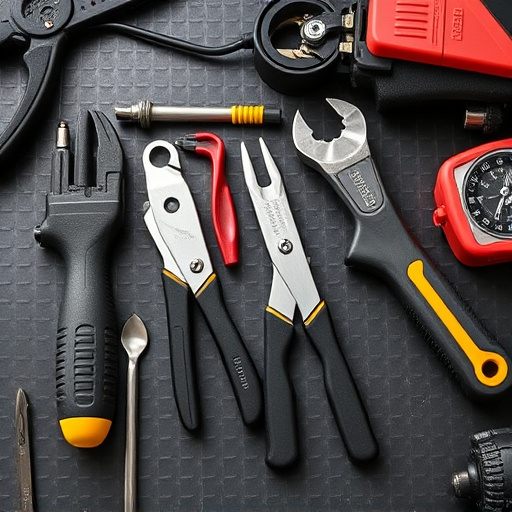
Sun damage restoration is a specialized process aimed at revitalizing surfaces affected by prolonged sun exposure. This can be particularly relevant in regions with high UV indices where cars, buildings, and outdoor structures are prone to fading, cracking, or peeling due to the intense sunlight. The first step involves assessing the extent of damage, which includes visual inspection and sometimes, advanced diagnostic tools. Once identified, affected areas are carefully prepared for repair.
This preparation often entails sandblasting or light scraping to remove damaged or discolored layers, revealing a clean, suitable surface for restoration. For automotive collision repair, hail damage repair, or car paint repair, this process ensures that only the necessary areas are treated, minimizing material waste. Following preparation, skilled technicians apply appropriate coatings, paints, or sealants to match the original finish, enhancing durability and protecting against future sun damage.
Eco-Friendly Materials and Techniques Employed
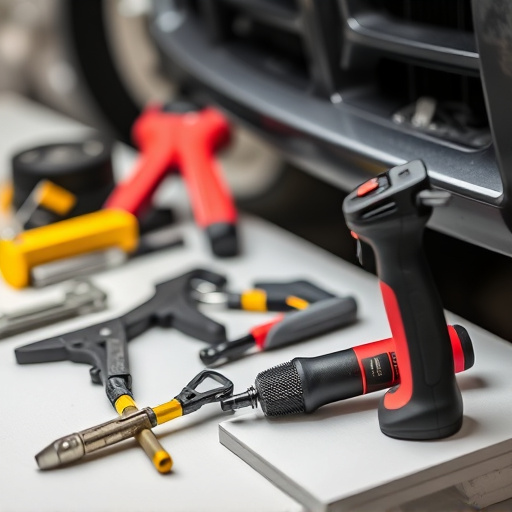
In the realm of sun damage restoration, eco-friendly materials and techniques are increasingly becoming the norm. Restorers now have access to a range of sustainable options that not only minimize environmental impact but also deliver superior results in car bodywork and auto repair near me. For instance, instead of traditional toxic paints, eco-conscious restorers use low-VOC (Volatile Organic Compound) or water-based coatings. These alternatives significantly reduce air pollution and offer excellent durability, ensuring the restored vehicles remain in top condition while preserving the cleanliness of the surrounding environment.
Furthermore, innovative techniques like micro-blasting and ultrasonic cleaning have replaced harsh chemical solutions for removing sun damage and rust from car paint repair processes. Micro-blasting, for example, uses fine media to gently sand and restore surfaces without causing excessive wear or generating hazardous waste. Ultrasonic cleaning leverages high-frequency sound waves to eliminate contaminants, leaving the painted surface clean and smooth. Such advancements not only promote a greener approach to sun damage restoration but also contribute to the overall sustainability of the automotive industry.
Benefits for Both Environment and Restoration Efforts
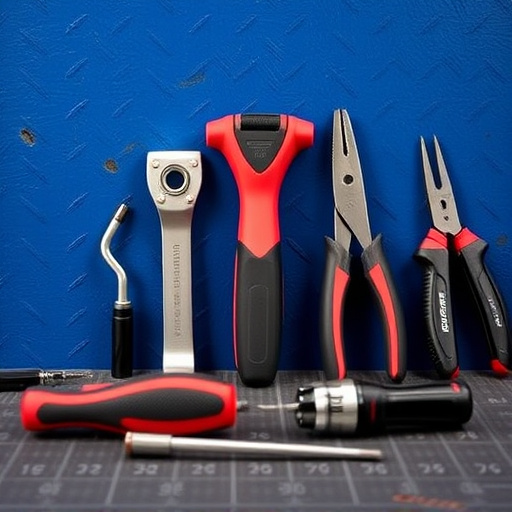
Sun damage restoration offers a multitude of benefits, not just for affected structures or vehicles, but also for the environment. When conducted using eco-friendly methods, this process can significantly reduce the ecological footprint associated with traditional repair techniques. For instance, many modern sun damage restoration services employ water-based cleaning solutions and advanced technology to minimize the use of harsh chemicals, thereby preserving local ecosystems and groundwater sources.
Additionally, integrating sustainable practices into sun damage restoration contributes to broader environmental conservation efforts. By reducing waste and energy consumption during the restoration process, these eco-friendly initiatives align with global sustainability goals. Moreover, promoting environmentally friendly car repair services or vehicle collision repair techniques can have a ripple effect, encouraging industry-wide adoption of greener practices in both vehicle repair and other sectors.
Sun damage restoration, with its focus on eco-friendly materials and techniques, offers a sustainable approach to repairing affected areas. By understanding the process and embracing green practices, we can achieve effective restoration while minimizing environmental impact. This dual benefit—restoring damaged landscapes and preserving our planet—is what makes sun damage restoration an essential and responsible choice for both professionals and property owners alike.
